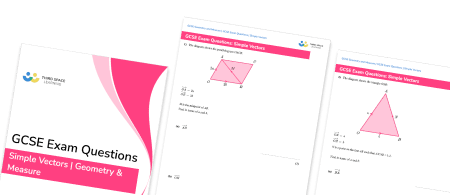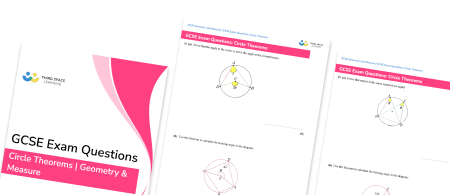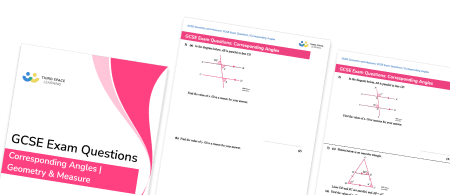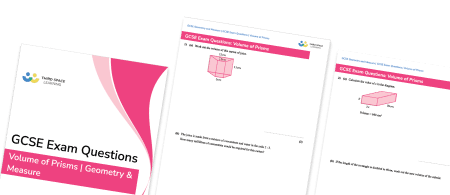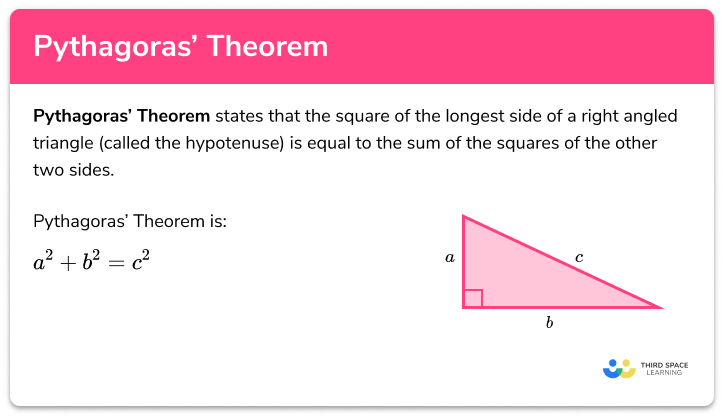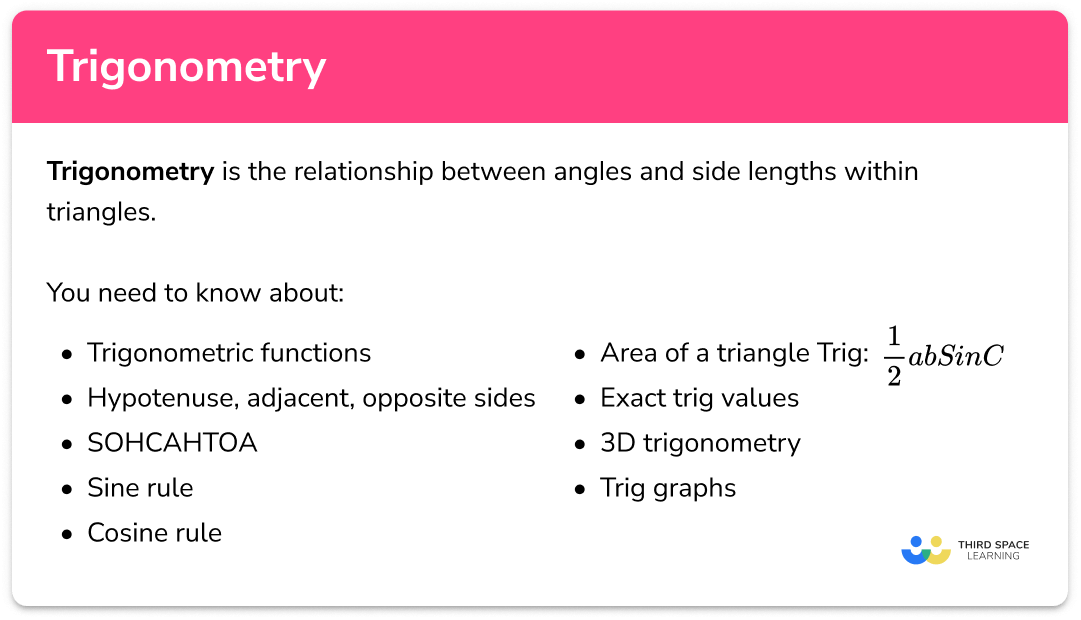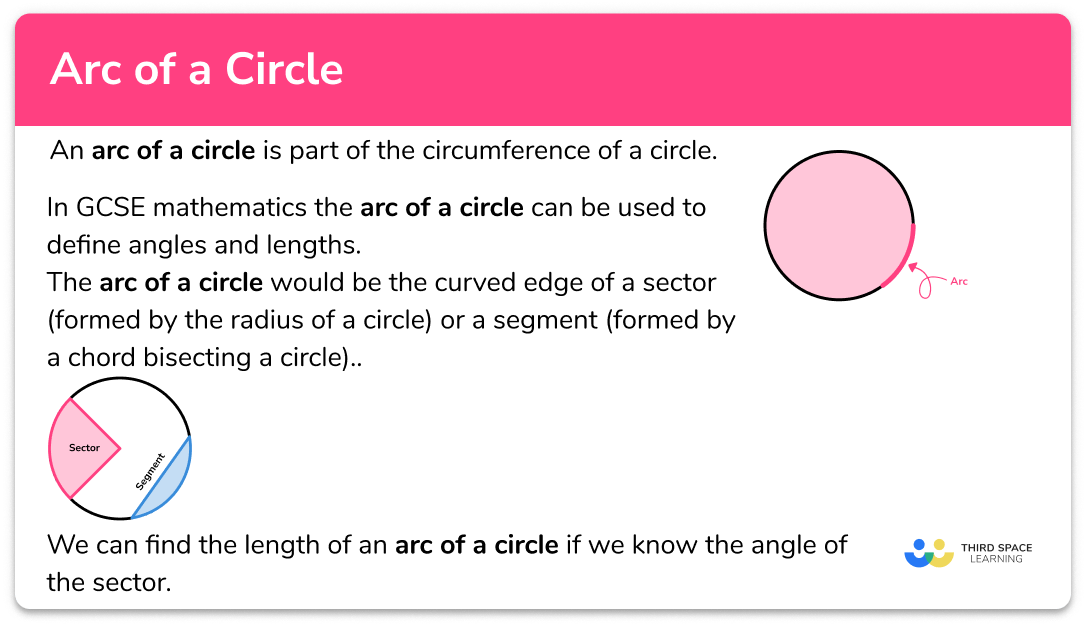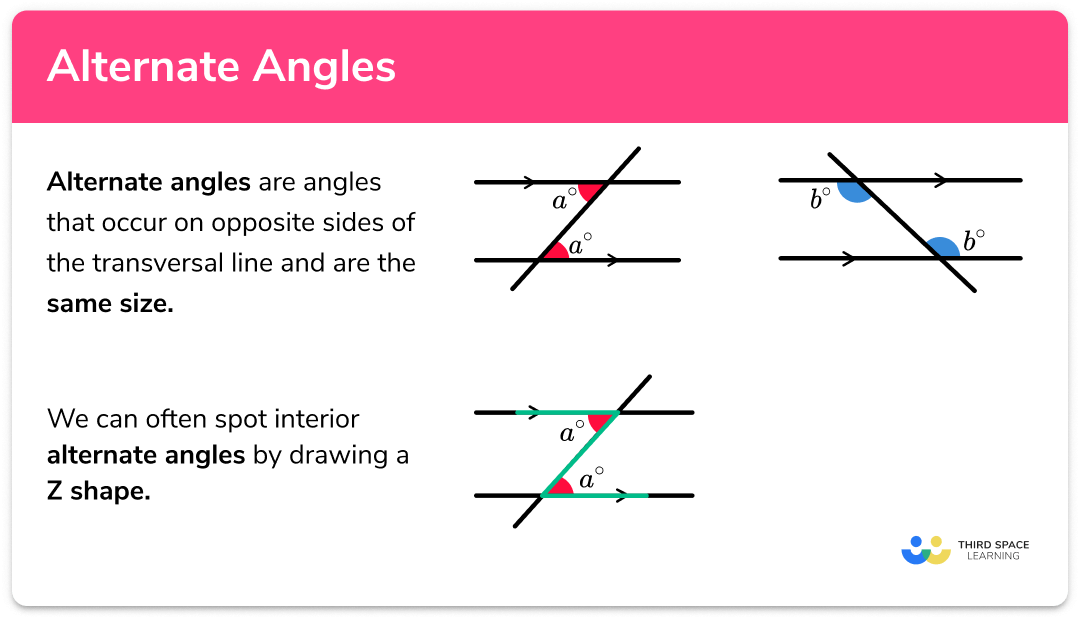FREE DOWNLOAD
Angles In A Triangle Worksheet

Help your students prepare for their Maths GCSE with this free angles in a triangle worksheet of 33 questions and answers
- Section 1 of the angles in a triangle worksheet contains 27 skills-based angles in a triangle questions, in 3 groups to support differentiation
- Section 2 contains 3 applied angles in a triangle questions with a mix of word problems and deeper problem solving questions
- Section 3 contains 3 foundation and higher level GCSE exam style questions
- Answers and a mark scheme for all questions are provided
- Questions follow variation theory with plenty of opportunities for students to work independently at their own level
- All questions created by fully qualified expert secondary maths teachers
- Suitable for GCSE maths revision for AQA, OCR and Edexcel exam boards
Angles in a triangle at a glance
Triangles can be classified based on their angles. An equilateral triangle is a regular polygon and has three equal angles. An isosceles triangle has two equal angles and two equal sides, and a scalene triangle has no equal angles and no equal sides. However, for all of these triangles, the angles of a triangle sum to 180°. This angle fact is useful for solving problems which require students to find missing angles in triangles. Angle problems don’t usually contain difficult fractions, but answers often need to be rounded to a given degree of accuracy.
So for triangle xyz, with angles y and z known, to find the size of angle x, we would work out y+z and subtract the result from 180°.
If the type of triangle is specified, such as an isosceles triangle, we can work out the size of two missing angles given the size of the third. If we know the size of one base angle in an isosceles triangle, we can use the fact that base angles in an isosceles triangle are equal in order to find the size of the other base angle. If we subtract the sum of the two angles from 180°, this gives us the size of the third angle.
It is important that students recognise a right angle when it is marked with the ∟ symbol rather than the value 90°.
The sum of the angles of a triangle can be extended further to applications involving algebraic expressions and solving equations.
Looking forward, students can then progress to additional angles in polygons worksheets and other geometry worksheets, for example an angles in polygons worksheet or area of a triangle worksheet.

For more teaching and learning support on Geometry our GCSE maths lessons provide step by step support for all GCSE maths concepts.
Do you have students who need additional support?

With Third Space Learning's secondary maths tutoring programmes, students in Year 7-11 receive regular one to one maths tutoring to address gaps, build confidence and boost progress.
"My confidence in the tutoring is high. We've had some phenomenal results. I even had one girl get a Grade 8 this year; she came to every tutoring session."
Stacey Atkins, Maths Director, Outwood Grange Academies Trust

